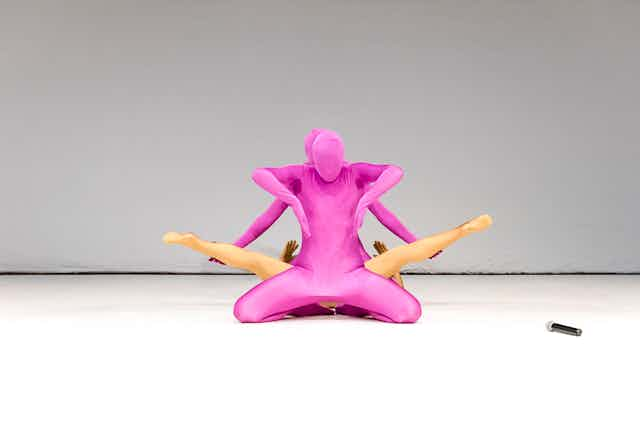Internationally, dance criticism has an illustrious literary past. Writers such as Paul Valery, TS Eliot, and Edwin Denby, amongst others, have all written on dance performance.
Denby, a poet and acclaimed dance critic for The New York Herald Tribune in the early 1940s, influenced Deborah Jowitt’s decision to embark on a career in dance criticism as far back as the early 1950s. Jowitt is particularly renowned and revered for her long service as dance critic for the New York Village Voice, starting in 1967.
At The Voice, like Arlene Croce at The New Yorker, Jowitt was allocated an amount of space for her reviews undreamt of in any Australian newspaper. There, she was able to develop a sensibility for dance, educated by the work she saw, and to refine her criticism as a distinct form of literature.

Jowitt is in Australia this week as an invited contributor to the wider program surrounding the second Keir choreographic awards (the first having taken place in 2014). The finals of the award will be judged at Carriageworks in Sydney this week.
Jowitt was, and remains, committed to writing about the dance aspect of dance performance: how it communicates through the materials of movement, the nuances of style, and the way these are handled by the performers. In her review At home in the body (1977) Jowitt wrote of a performance by the widely influential dancer Simone Forti that it felt as though you had,
all the time in the world…Once, she took her right hand off the floor, and, as if her weight had been equally distributed between four points, acknowledged the sudden imbalance by toppling over. You could say that not much happened; or you could say that within a few concrete actions, everything happened.

There is no ready-made language for describing the effects on a viewer of dancing itself – whatever the style of that dancing. Even well known dance critics internationally, such as Cyril Beaumont, who wrote for The Sunday Times, regularly failed to say anything much about the dancing in their reviews, concentrating instead on other aspects of the production.
The so-called “descriptive” approach developed by Jowitt has influenced later generations of critics to describe what it was like to be there – as a witness to the qualities and effects of a dance’s dancing.
Jowitt’s distinctive style also encoded an ethic of reviewing that was generous, intimate, avowedly subjective, and “not in the business of rating and ranking”. This didn’t mean that she was never critical: rather she was incisive.
Her reviews stand as important documents for the archive of dance history: Jowitt was there at the first revivals of Martha Graham’s early 20th century works; she became interested in writing at the same time Merce Cunningham was founding his company.
She has witnessed the development of the oeuvres of several generations of American choreographic artists and dancers and has become familiar with countless works through multiple viewings and casts over decades – something that any music critic, for example, would take for granted but which is rare in dance.

Dance performances are too often seen as a series of “one-offs”, without knowledge of their relation to a whole historical field of works and processes. A dedicated and informed reviewer can help an audience to both remember what a work was like, in its sensuous particularity, and to place the performance they have seen within a context of other works.
The reviewer can convey something of the work’s lineage. Most fundamentally, perhaps, an informed review is an indication that the work should be taken seriously.
As Richard Watts pointed out recently in ArtsHub, substantial reviewing is crucial to the development of a discerning public, which in turn supports the artform.
The Australian print media has largely failed to recognise this. All the more should we acknowledge the efforts of some long-standing and former dance reviewers around the country, including Jill Sykes and Mary Emery in Sydney, particularly at a time when Melbourne dancers were suffering the reviews of The Age’s Neil Jillet.
In an optimistic turn, online forums and the Australia Council funded Realtime are now providing a much needed opening for writers on the arts to develop their reviewing approaches and languages.
Jowitt’s visit for the Keir program will include her conducting a week-long dance writing seminar at Melbourne’s Dancehouse. We may see a much needed revitalisation of the dance critic’s craft.

